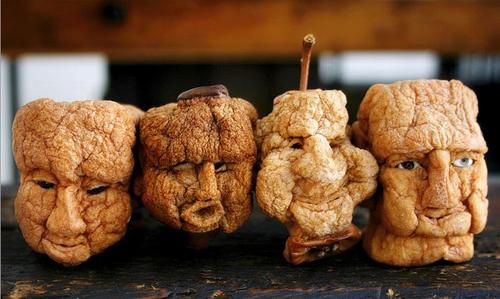Were you disappointed in the recent Conan the Barbarian movie? Perhaps you expected Sword & Sorcery...
Thanks to Shaun Duke who invited me to guest blog on his site "World in a Satin Bag" (WISB). Shaun is an aspiring writer, a reviewer, and graduate student (studying science fiction, postcolonialism, posthumanism, and fantasy at the University of Florida). WISB includes book and movie reviews, interviews with authors, literary analyses, discussions of genre, publishing, and more...
Here is an excerpt; check out the entire article the WISB:
I feel more certain than ever that this field should be called the sword-and-sorcery story. This accurately describes the points of culture-level and supernatural element and also immediately distinguishes it from the cloak-and-sword (historical adventure) story—and (quite incidentally) from the cloak-and-dagger (international espionage) story… (Fritz Leiber, Amra, 1961)
We call a story Sword & Sorcery when it is an action tale, derived from the traditions of the pulp magazine adventure story, set in a land or age or world of the author’s invention—a milieu in which magic actually works and the gods are real—and a story, moreover, which pits a stalwart warrior in direct conflict with the forces of supernatural evil. (Lin Carter, Flashing Swords I, 1973)
REH
wrote twenty-one Conan tales, and no human antagonist persisted
across them. Each story had bad guys/creatures/etc,
but they were overt proxies for greater supernatural evils. Hence, the conflict was Conan (the Man) vs.
Supernatural.
One reason the 1982 Conan the Barbarian movie obtained better reception than the 2011
version can be explained by analyzing the core conflicts. In the 1982 version, Conan fought the serpent
cult of Set led by Thusla Doom. But the
movie was not about Conan vs. Thulsa Doom.
Thulsa was just a representative for his serpentine god, and Conan was
continuously fighting other representatives of Set, including a giant snake. In fact, Thulsa arguably was not even human
since he transformed into a serpent!
On the other hand, the 2011 reboot pits Conan
against the evil Khalar Zym. Khalar, a
man, spends his entire life re-assembling the purportedly sorcerous Mask of
Acheron (infused with enough magic to transform the wielder into a god and
ruler of the world). But repairing the
mask appeared inconsequential in that it did not provide Khalar with any powers,
nor did it transform him into a mythical creature. The expected climax was a battle between
Conan and the god Acheron, but instead viewers were treated to a magic-less melee
between Conan and the man Khalar.
Were you disappointed in the recent Conan movie? Looking for bloody action with genuine
supernatural elements? Then I invite you
to read my newly published novel Lords of Dyscrasia (click for excerpts).
Enjoy the
Underworld!
S.E. Lindberg Nov.
2011

























